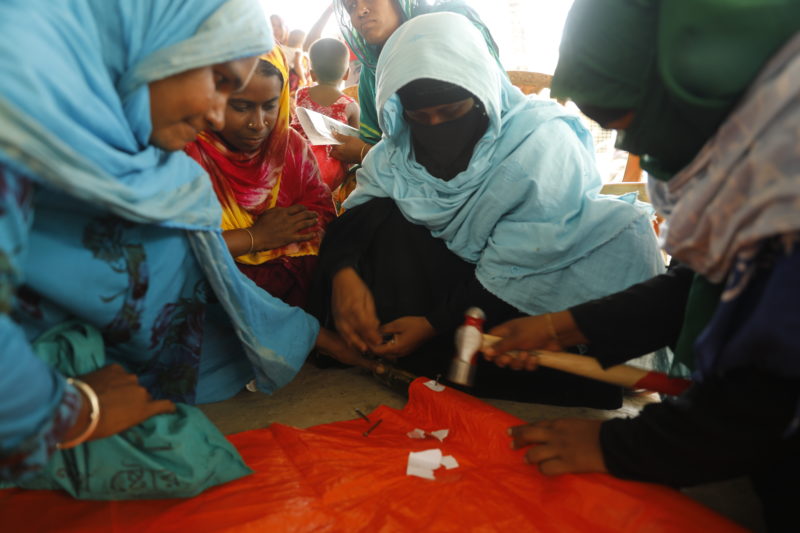Since July, monsoon rains have triggered flooding in low-lying areas causing one-third of the country to be underwater. Water levels have risen to their highest level in 100 years.
Areas situated close to bodies of water (rivers, canals etc) have been affected by flooding and even landslides across parts of Bangladesh. This has caused over 300,000 people to be evacuated from their homes, while it’s estimated that 7.3 million people have been affected by the rising water levels.
Families living close to rivers were displaced and evacuated, many moving in with family or friends who lived further away from the rivers. Flooding and erosion has increased so much since the rains began and these homes that were once far from river banks, are now being evacuated as the erosion is now nearing their doorstep.
Rotary and Bangladesh Red Crescent Society reached out to ShelterBox to assist families through this disaster
THE IMPACT OF THE DISASTER

The floods have been devastating for the communities affected.
Floods and landslides have damaged roads and vital infrastructure leaving thousands of people stranded and without electricity. More than 66,000 homes have been destroyed.
Food and clean water shortages are being reported, as well as a rise in waterborne diseases like malaria.
Flooding can be extremely damaging for communities that experience it. Access to clean water is usually scarce, leading to serious health concerns like disease outbreaks.
Find out more about floods and how they can affect people.
Source: ReliefWeb
HOW IS SHELTERBOX RESPONDING?

We have a team on the ground wrapping up distributions, they have taken needs assessments to understand what people need to start recovering from the disaster.
Our team in Bangladesh has met with local Rotary and government contacts as well as key humanitarian partners. These partners include the Bangladesh Red Crescent Society (BDRCS), who we partnered with back in 2017.
Families have told us that they need more space and protection from the elements. They have also told us they would use shelter kits and tarpaulins to avoid crowding in host families’ homes by creating more living and cooking space.
Tarpaulins were also identified as useful items for future flooding events.
Distributions are now complete, and families have been weatherproofing their homes.
SNAPSHOTS FROM BANGLADESH 2019
[envira-gallery id=”12481″]

